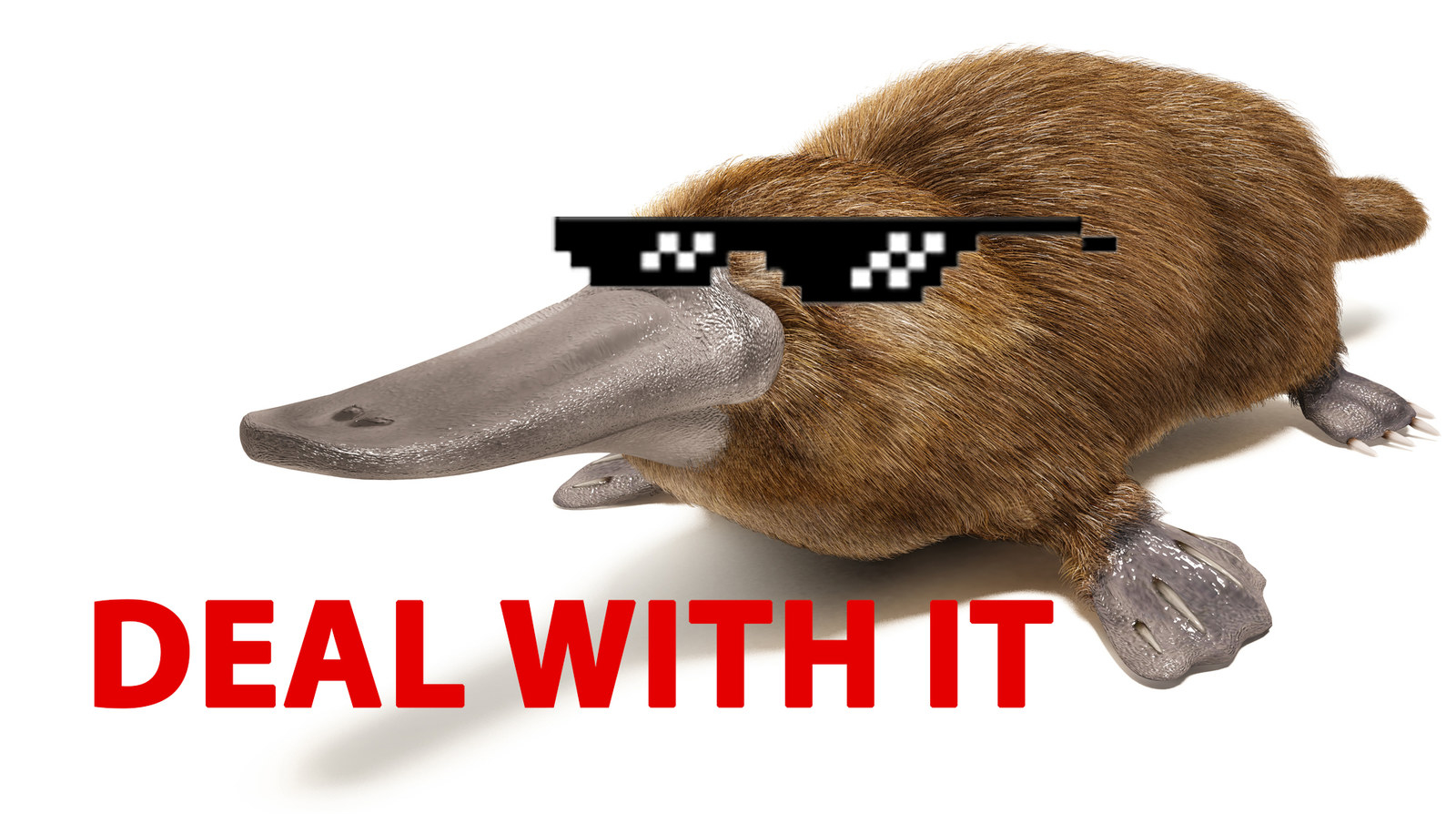

(2) No need for eyesight when you have electroreceptorsĪ fold of skin covers a Platypus’s eyes and ears when they submerge underwater to find for prey like yummy shrimps, worms and larvae. Females also bear false spurs, but lose them as they grow older. The Platypus secretes more venom during the breeding season in spring than other times of the year. The venom is potent enough to kill a small animal and can cause severe swelling and pain to humans lasting for weeks. The venom is supplied from a venom gland (known as the crural gland) located in the upper leg, and it is produced when the male reaches maturity. Venom is secreted when a Platypus fights with other male rivals to demonstrate dominance or when it feels threatened. They resemble the size and shape of a dog’s canine tooth. Each spur is about 12-18mm long and made of keratin (same substance as our hair and nails) located on its inner hind ankles. The male Platypus has two spurs which secretes venom. Now, for the TOP 5 COOL FACTS about the Platypus: The Platypus: Best of many worlds Platypus swimming with nostrils slightly sticking out of water And if you have seen one, please share your story in the comments as I would love to hear about it. Hopefully one day, this magic moment will happen to me too.

#Crazy platypus facts full#
Three hours later, I found myself with a bladder full of wee and a severely cramped bum, but no sighting of a Platypus 😦 No matter, I am very determined to keep trying. I was over the moon! For three hours, we sat still with not even the slightest peep on the damp grounds as my eyes scanned the water surface like a crazy woman. On the second day, we were brought out to the river to look for Platypus. The closest I came to encountering one was in 2012 when I was on a first field trip for my studies. But strangely enough, everyone else I know has seen one at some point in their lives. Personally, I have never seen a Platypus in flesh before! Not in the wild or in the zoo. It is also sometimes called a Duck-billed Platypus. This week, we shall take a look at the Platypus ( Ornithorhynchus anatinus), which is also an egg-layer and a native to Australia. I hope you enjoyed exploring the TOP 5 COOL ECHIDNA FACTS last week.


 0 kommentar(er)
0 kommentar(er)
